Power substations play a critical role in the efficient and reliable transmission and distribution of electricity. These vital infrastructures facilitate the transformation of electrical energy to appropriate voltage levels, and ensure a safe and reliable power supply to end users.
In this overview, we will explore the fundamentals of power substations, delve into the intricacies of their design, and highlight the importance of efficient and reliable electrical infrastructure.
Fundamentals of Power Substations
A power substation serves as a crucial link between power generation sources and end users. It functions as a hub for transforming electrical energy to different voltage levels, ensuring efficient power transmission and distribution.
By facilitating voltage regulation, power factor correction, and system protection, substations maintain the stability and reliability of the electrical grid.
Two important types of power substations are transmission substations and distribution substations, each serving different purposes in the electrical grid.
Transmission Substations
Transmission substations are located at strategic points along the transmission network and are responsible for transmitting high-voltage electricity over long distances. The primary purpose of a transmission substation is to transform the electrical energy to higher voltage levels for efficient long-distance transmission.
Distribution Substations
Distribution substations are located closer to the end users and are responsible for stepping down the voltage from the transmission level to a lower voltage suitable for local distribution. A distribution substation operates at lower voltage levels, depending on the requirements of local distribution systems.
Key Components of a Power Substation
Power substation design comprises several essential components that work in unison to ensure efficient and reliable power delivery. Let’s explore some of the key components:
1. Transformers
Voltage transformers are an integral part of electrical substation equipment and operations, as they facilitate voltage transformation and power distribution. Step-up power transformers increase the voltage for long-distance transmission, while step-down transformers decrease the voltage for local distribution. Efficient and properly sized transformers are crucial for minimizing power losses and ensuring optimal electric power transfer.
2. Circuit Breakers
Circuit breakers act as switches that protect the electrical system from overloads, short circuits, and other electrical faults. They isolate faulty sections, preventing disruptions and potential damage to equipment. Choosing the right circuit breakers and implementing advanced protection schemes is essential for maintaining system reliability.
3. Busbars
Busbars provide a stable and low-resistance path for current power flow within the substation. They connect various components, such as transformers, circuit breakers, and other equipment, enabling efficient power transfer and distribution. Engineers must ensure proper design and sizing of busbars to minimize electrical losses and ensure the smooth operation of the substation.
4. Capacitors
Capacitors are used for power factor correction, improving the efficiency of the power system. They help compensate for reactive power, reducing the burden on transmission lines and enhancing overall power quality. Incorporating capacitors in power substations optimizes energy consumption and reduces system losses.
Substation Site Selection
Selecting an optimal site for a power substation involves careful evaluation of various factors. Here are some key considerations:
1. Proximity to Power Sources and Load Centers
Choosing a location close to power generation sources reduces transmission losses and improves efficiency. Similarly, situating substations near load centers minimizes distribution losses, ensuring a reliable power supply to end users.
2. Accessibility and Transportation Logistics
Easy accessibility for maintenance and operation personnel is vital to ensure efficient substation management. Moreover, considering transportation logistics, such as proximity to major roads and availability of adequate space for equipment delivery, streamline construction, and maintenance activities.
3. Environmental Considerations
Environmental factors, including soil conditions, seismic risks, and flood zones, must be thoroughly assessed during site selection. Understanding these considerations ensures the substation’s resilience against natural disasters and minimizes potential environmental impacts.
Site Preparation and Clearance Requirements
Once a suitable site is selected, proper preparation and adherence to clearance requirements are crucial. Clearing vegetation, leveling the ground, and implementing appropriate drainage systems create a solid foundation for the substation. Adhering to safety regulations and clearance distances ensures the secure operation of equipment and minimizes the risk of accidents.
The Transcend Design Generator (TDG) is a powerful tool designed to revolutionize the process of power substation design, including site selection. TDG provides a user-friendly interface that enables users of varying levels of substation engineering knowledge to generate and analyze complete preliminary substation facility designs. By entering simple input parameters, users can automate engineering decisions and create optimized designs.
Electrical System Design
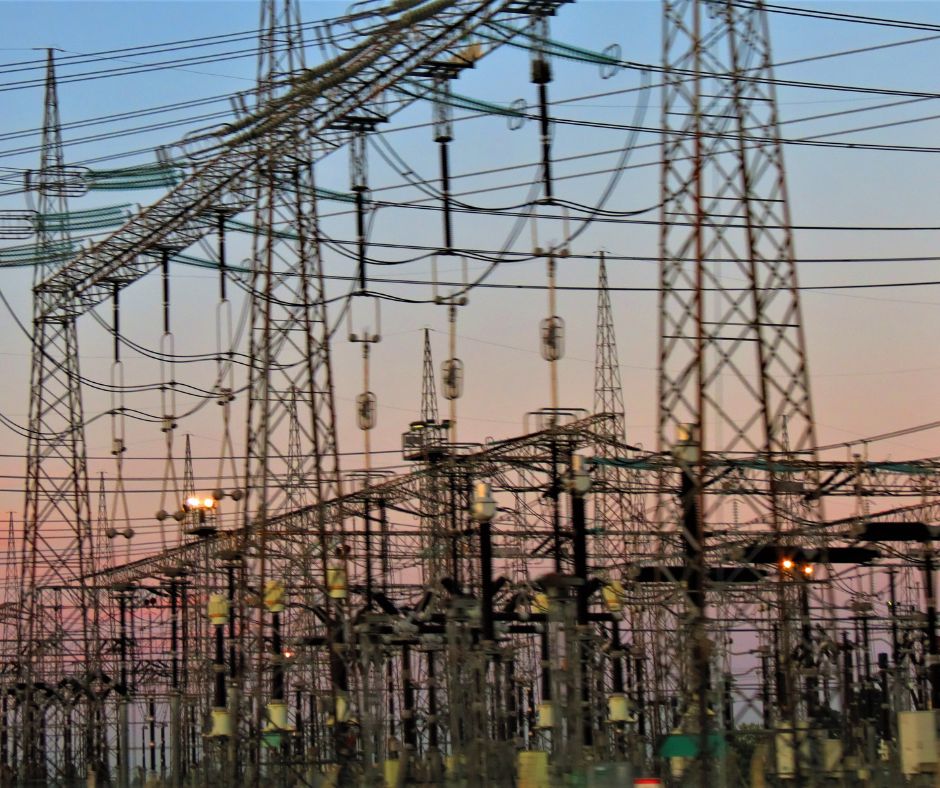
Single-Line Diagram
A single-line diagram represents the electrical system’s overall configuration, including all major equipment and components and their interconnections. This comprehensive illustration enables engineers and operators to visualize the system’s steel structures, facilitating effective planning, troubleshooting, and maintenance activities.
By entering input parameters and design criteria into TDG, the system leverages industry standards and best practices to generate the single-line diagram. This comprehensive visualization enables engineers to analyze and understand the system’s structure, facilitating effective planning, troubleshooting, and maintenance activities. TDG ensures that the single-line diagram is accurate, consistent, and compliant with design requirements.
Substation Configurations
Power substations can be categorized based on the insulation medium used in the substation design. Let’s explore three common types:
1. Air-Insulated Substations (AIS)
Air-Insulated Substations (AIS) employ air as the primary insulation medium and are cost-effective for lower voltage applications. They are characterized by their open construction and are suitable for moderate environmental conditions.
2. Gas-Insulated Substations (GIS)
Gas-Insulated Substations (GIS) utilize sulfur hexafluoride (SF6) gas as the insulation medium, allowing for compact designs and higher voltage applications. GIS is preferred in areas with limited space and harsh environmental conditions due to their enhanced reliability and reduced maintenance requirements.
3. Hybrid Substations
Hybrid substations combine both air-insulated and gas-insulated technologies, leveraging the advantages of each. This configuration offers flexibility in design and can be tailored to suit specific project requirements.
With TDG’s comprehensive capabilities and intelligent design algorithms, electrical system design becomes more efficient and accurate. TDG assists in creating precise single-line diagrams and selecting the most suitable substation configuration, ensuring that the design meets project requirements and complies with industry standards.
Voltage Levels and Power Capacity Considerations
Determining the appropriate voltage levels and power capacity is essential to meet the load demands and ensure grid stability. A comprehensive analysis of load growth projections, power quality requirements, and system efficiency enables accurate sizing of equipment and supports future expansion plans.
Substation Layout and Equipment Placement
Efficient substation layouts optimize space utilization, ease maintenance tasks, and ensure operational safety. Consider the following guidelines for effective layout design:
Equipment Arrangement and Spacing
Proper arrangement and spacing of equipment within the new substation are crucial for accessibility, maintenance, and safety. Adequate clearance must be maintained between components to minimize the risk of electrical faults and enable easy equipment inspection and replacement.
Safety Considerations
Safety measures are paramount in substation design to protect personnel, equipment, and the surrounding environment. Two critical safety considerations are:
1. Fire Protection Systems
Implementing reliable fire protection systems, including fire detection and suppression mechanisms, minimizes the risk of fire-related incidents and equipment damage.
2. Security Measures
Enhancing substation security through physical barriers, surveillance systems, and access controls safeguards critical infrastructure against unauthorized access, vandalism, and theft.
Electrical Protection and Control Systems
Protective Relays and Their Functions
Protective relays play a crucial role in detecting electrical faults and initiating protective actions. They sense abnormal conditions, such as overloads and short circuits, and isolate faulty sections to prevent widespread disruptions and equipment damage.
Automation and Control Systems
Automation and control systems enable efficient and reliable operation of power substations. These systems monitor and control various equipment, ensuring optimal performance, timely fault detection, and effective response to grid events.
Supervisory Control and Data Acquisition (SCADA)
SCADA systems provide centralized control and monitoring capabilities for power substations. They enable real-time data acquisition, visualization, and remote control, empowering operators to make informed decisions and optimize the performance of the electrical system.
Substation Grounding and Lightning Protection
Proper grounding is crucial to ensure the safety of personnel, protect equipment from electrical faults, and facilitate efficient fault current dissipation. Effective grounding minimizes the risk of electric shock, limits voltage rises during faults, and enables proper operation of protective devices.
Grounding Methods and Principles
Various grounding methods, such as solid grounding, resistance grounding, and low-resistance grounding, are employed in substation design based on specific requirements. These methods ensure optimal fault current dissipation, maintain voltage stability, and reduce the potential for equipment damage.
Lightning Protection Systems
Lightning poses a significant threat to power substations, and incorporating effective lightning protection systems is vital. Installing lightning rods, surge arresters, and shielding systems provides a low-impedance path for lightning current, reducing the risk of equipment damage and enhancing system reliability.
Cooling and Ventilation Systems
Efficient cooling and ventilation systems are essential to maintain optimal operating conditions within the substation. Proper thermal management ensures equipment longevity, prevents overheating, and maximizes power transfer capabilities.
Power substations utilize various cooling methods, including air cooling, water cooling, and forced-air ventilation systems. Selecting the appropriate cooling method depends on factors such as environmental conditions, equipment rating, and available resources.
Ventilation systems play a crucial role in removing heat, gas, and other contaminants from the substation environment. Effective ventilation improves safety by preventing the accumulation of flammable gasses and ensures the performance and reliability of sensitive equipment.
Substation Maintenance and Monitoring
Regular maintenance is vital to ensure the long-term reliability and optimal performance of power substations. Routine inspections, testing, and preventive maintenance activities help identify potential issues before they escalate, minimizing downtime and costly repairs.
Inspection and testing procedures encompass a range of activities, including visual inspections, thermography, insulation resistance testing, and protective relay testing. These measures assess equipment condition, verify proper functioning, and identify areas that require maintenance or replacement.
Implementing condition monitoring techniques, such as vibration analysis, oil analysis, and partial discharge monitoring, allows for real-time assessment of equipment health. Continuous monitoring enables predictive maintenance, reduces the risk of unexpected failures, and optimizes maintenance schedules.
Integration of Renewable Energy Sources
Challenges and Opportunities in Integrating Renewables
The integration of renewable energy sources, such as solar and wind, into the existing power grid presents both challenges and opportunities. Challenges include intermittency, grid stability, and voltage regulation. However, renewables offer opportunities for decarbonization, reduced reliance on fossil fuels, and a more sustainable energy future.
Power Substation Design Considerations for Renewable Energy
Designing power substations to accommodate renewable energy sources requires careful consideration of factors like grid compatibility, voltage regulation, and power quality. Advanced control systems, grid interconnection standards, and energy storage solutions contribute to the seamless integration of renewables into the electrical infrastructure.
According to the Power Systems Engineering Research Center, in designing substations for renewable energy integration, there are three approaches to consider:
- retrofitting existing substation design
- implementing new substation design using off-the-shelf products
- and designing greenfield substations that optimize profit and system operation using novel technologies.
These approaches involve upgrading and expanding existing equipment, proposing innovative options for power apparatus and infrastructure fusion, and envisioning future substations with High-Temperature Superconductor (HTS) and Solid State Transformer (SST) technologies.
At Transcend our mission is to leverage the Transcend Design Generator to help enforce renewable energy integration by providing comprehensive design solutions and incorporating the latest technologies and communication protocols to optimize the performance and efficiency of substations in a renewable energy context.
Benefits of Efficient and Reliable Power Substations
Effective power substation design offers numerous benefits, including:
- Enhanced grid reliability and stability, minimizing downtime and disruptions.
- Optimal power transfer and distribution, reducing losses and improving efficiency.
- Improved safety for personnel and equipment through proper grounding and lightning protection.
- Streamlined maintenance activities, prolonging equipment lifespan and reducing maintenance costs.
- Facilitating the integration of renewable energy sources, enabling a sustainable energy future.
At Transcend, we are committed to revolutionizing the power substation design process through our platform, the Transcend Design Generator. By leveraging advanced technology and data-driven analysis, we empower asset owners and power utilities to evaluate multiple options in their capital planning and conceptual design processes. This accelerates capital projects, reduces project risk, and ultimately contributes to the creation of a more sustainable future for power substation plants.
Learn more about Transcend Design Generator and how it can transform your power substation design process today!




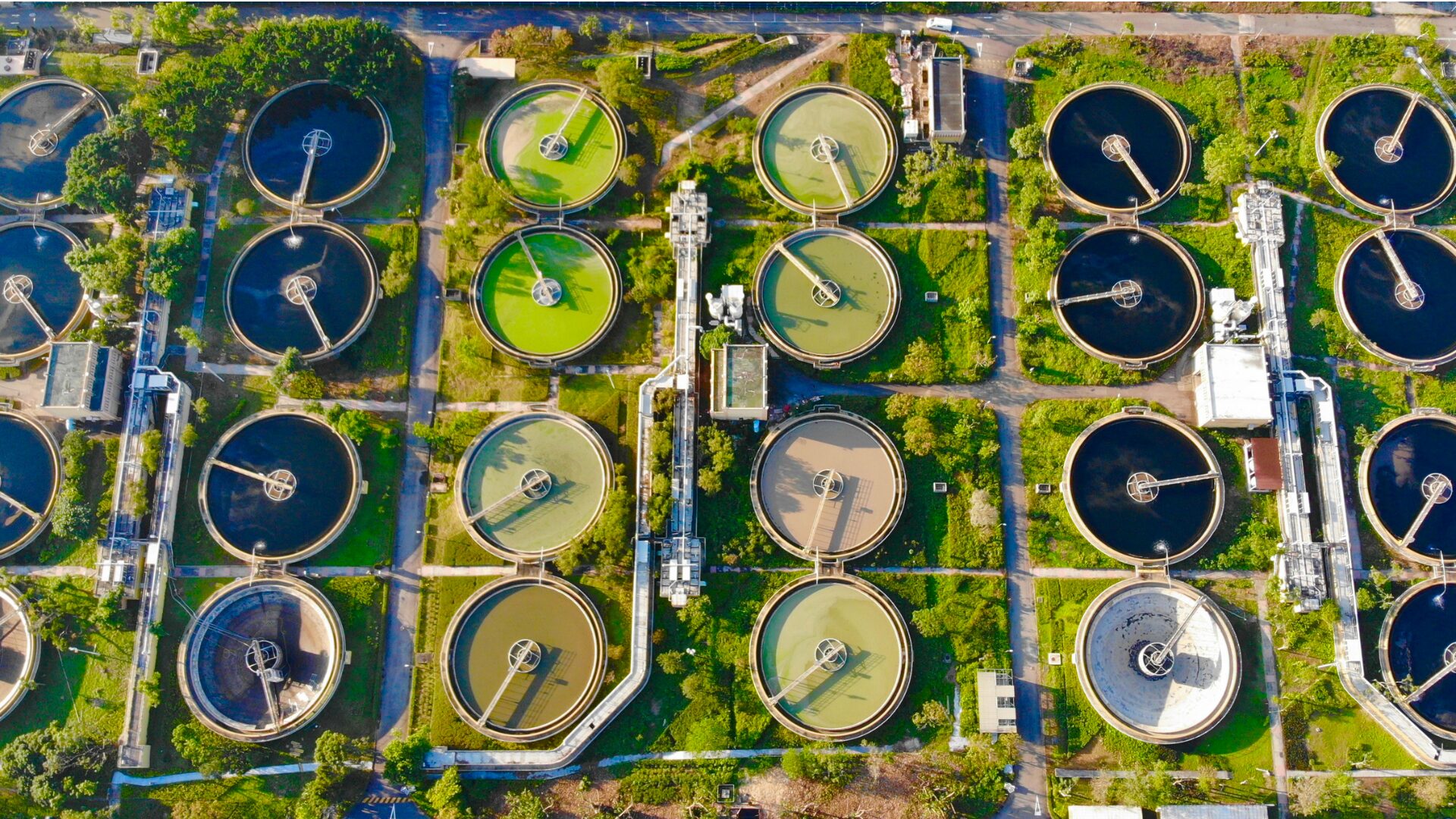
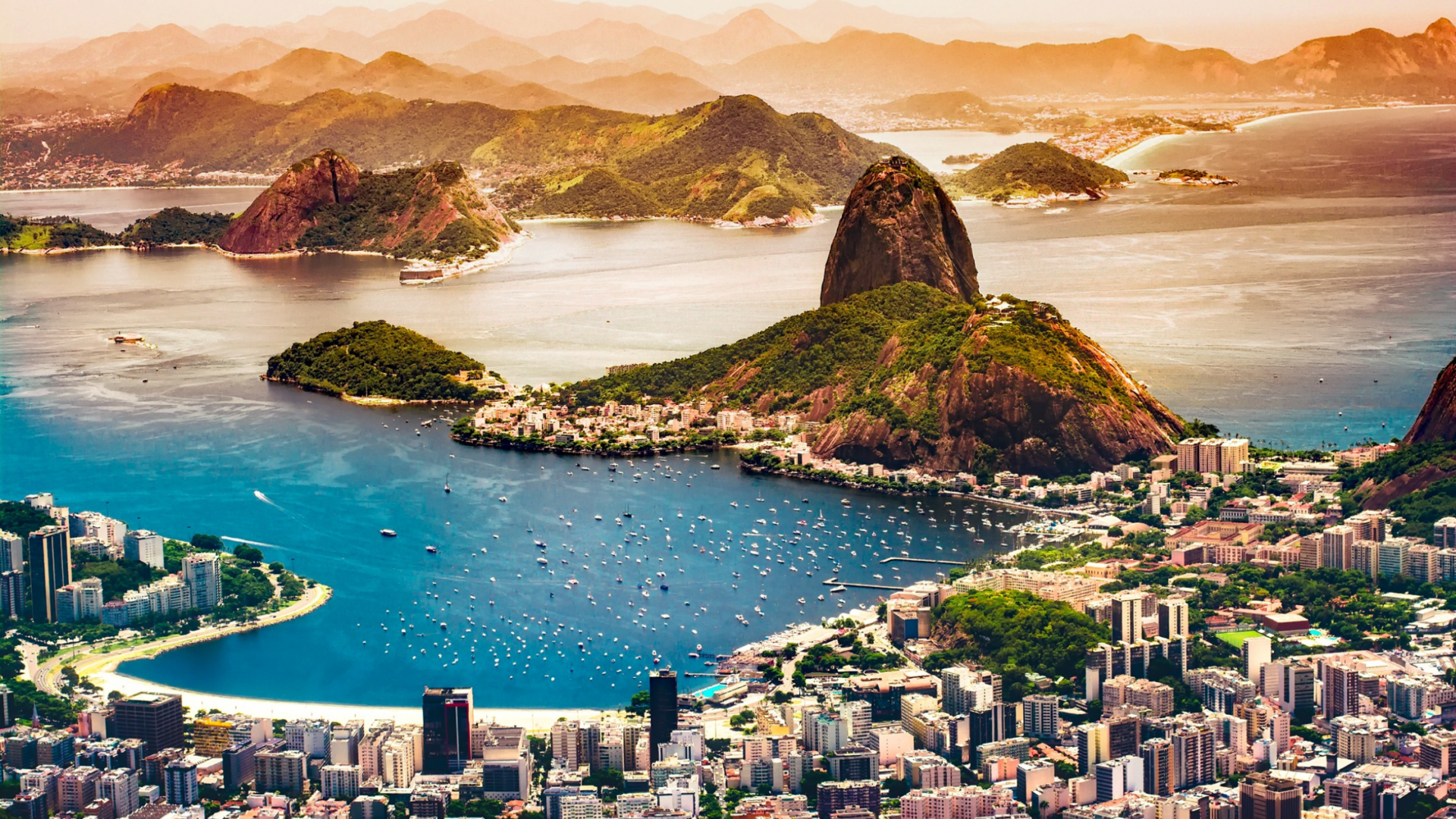


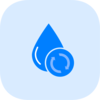 WWTP Design
WWTP Design 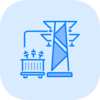 Substation Design
Substation Design  Utility Interconnection Hub
Utility Interconnection Hub  White Label Proposal Generator
White Label Proposal Generator  PFAS Feasibility Study
PFAS Feasibility Study  Booster Station Design
Booster Station Design  Value Discovery Program
Value Discovery Program